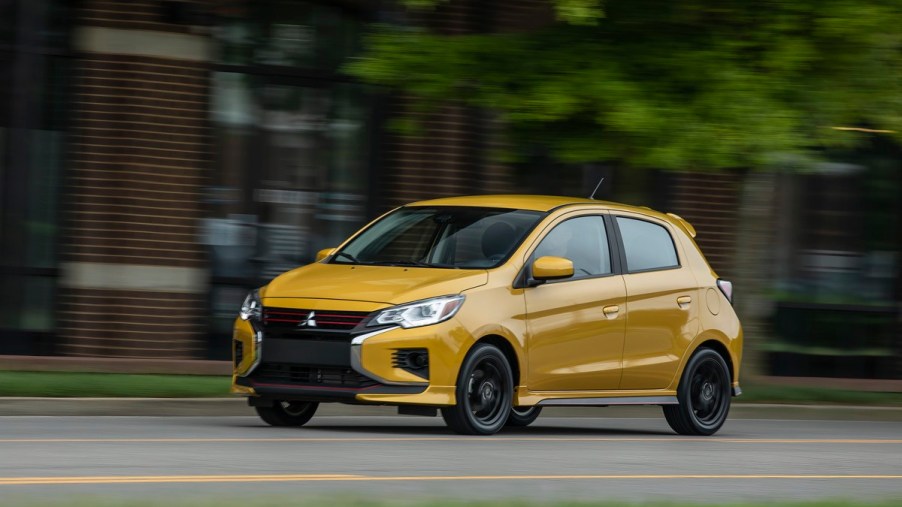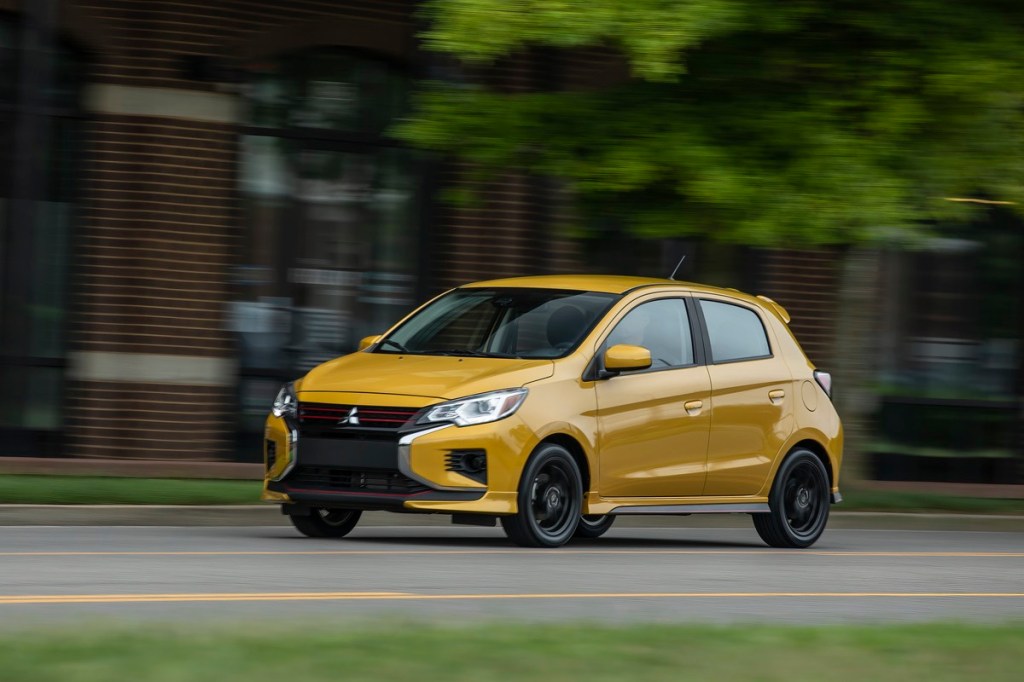
Expensive SUVs Are Killing Cheap New Cars
If it seems like cheap new cars are hard to find, you’re not just imagining it. Affordable, entry-level cars are getting rarer. Here’s why car buying has become more difficult for some as large SUVs gain more prominence.
Cheap new cars are disappearing while brands focus on trucks and SUVs

According to a new report from Insider Transportation, cheap new cars under $30,000 accounted for only 17 percent of sales in March. That’s a steep decline from five years ago when 44 percent of cars sold were less than $30,000.
Five years ago only five percent of vehicles sold were over $60,000. Now, more than half of all new vehicles sold are more than $60,000. It’s making cars more expensive across the board.
According to Insider, the average price at sale of a new car last month was over $47,000. That’s about a 25 percent increase from the average transaction price of five years ago.
Why are new cars and SUVs getting more expensive?
New cars are ballooning in price due to a mix of factors like supply chain constraints, economic inflation, and a growing emphasis on premium SUVs.
Inflation is certainly a contributing factor to the growing cost of new cars. But it’s only a small part of the story.
To start with, many brands simply don’t sell affordable passenger cars anymore. Ford, General Motors, and Stellantis have all essentially dropped sedans and hatchbacks completely in favor of trucks and SUVs. Ford was the first to announce this strategy shift a few years ago as it realized that trucks and SUVs had higher per-unit margins than most cars.
Then, the global coronavirus (COVID-19) pandemic arrived.
Automotive manufacturing supply chains ground to a halt as chip shortages commenced. Manufacturers had to triage their manufacturing efforts to maximize margins. That meant prioritizing higher trim levels, larger models, and anything that could boost profits.
On top of that, interest rates reached record lows. That meant buyers could opt for more expensive models and get lower payments with longer terms. Cheap cars didn’t stand a chance in these circumstances.
Drivers are buying used cars and keeping them longer
It’s harder to find a new car at an entry-level price, so buyers are looking to the used market and keeping their current cars longer. According to Insider, the average age of a vehicle on the road today rose to about 12 years.
That essentially means that the average driver has a car from 2011. It’s understandable that folks would keep their cars longer, since it’s more difficult to trade up into a model that you can actually afford.
Are there still cheap new cars for sale?
While new vehicles are getting more expensive in general, there are still some pretty affordable models to consider. Cars.com recently compiled a list of the ten most affordable cars available right now.
| 2023 Mitsubishi Mirage ES | $17,600 |
| 2023 Kia Rio LX | $17,645 |
| 2022 Hyundai Accent SE | $17,740 |
| 2023 Nissan Versa S | $18,425 |
| 2023 Kia Forte LX | $20,585 |
| 2023 Hyundai Venue SE | $20,795 |
| 2022 Nissan Sentra S | $21,045 |
| 2023 Kia Soul LX | $21,085 |
| 2023 Hyundai Elantra SE | $21,545 |
| 2023 Subaru Impreza | $22,115 |
Yes – there are cheap new cars on the market. But there are fewer examples heading to dealer lots, and fewer brands that are willing to make them. As Insider points out, manufacturers are sacrificing market share to gain profits through expensive trucks and SUVs. While premium buyers are getting what they want, entry-level buyers aren’t getting what they need.


